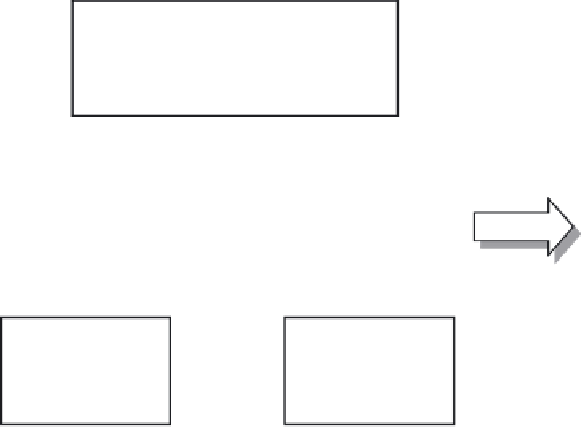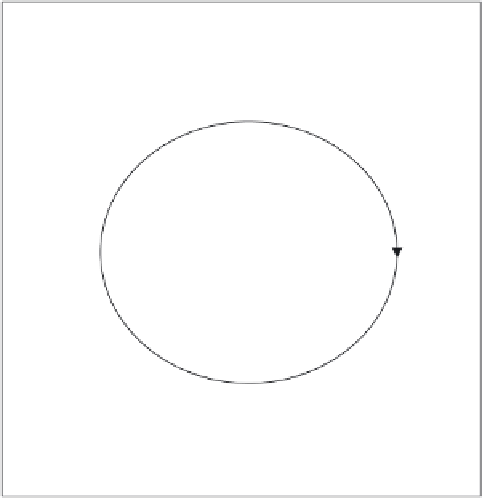Information Technology Reference
In-Depth Information
Figure 10.2
Revised Framework for Studying Fit
User
Physiology
Cognition
(mental model, rote behavior)
Affect
User-Computer Fit
Physical Fit
Cognitive Fit
Affective Fit
Performance
Reality Fit
Well-Being
(user)
Computer
Task
Representation
Manipulation
Task Demands
Reality Fit
(designer)
physiology, such as matching the keyboard to the shape and size of the hands.
Cognitive fit
con-
cerns fit with human information processing. It may very well be that cognitive fit should be
defined differently for rote behavior than it is for controlled behavior (only the latter relies on
mental models). This distinction between rote and controlled behavior may relate to the differen-
tial impact on cognitive fit between complex and non-complex tasks (Vessey, this volume).
Affective fit
concerns fit with the affective state that the user feels or wants to feel. In Figure 10.2,
the interaction among the user, the computer, and the task defines the three-dimensional user-
computer fit (physical, cognitive, and affective).
The user-computer fit can be further refined to take account of the distinction between infor-
mational and tool level fit. The interaction between the user, the task, and the computer represen-
tation of the task is the informational level fit. In contrast, the interaction with the computer's
manipulation facilities is the tool level fit. For example, the graphical representation may effect a
perfect fit with the user's mental model, but procedural rather than direct manipulation tools may
not fit the user's experience with manipulating graphical objects.
The discussion above further revealed the potential incongruity between the user's mental
model of the task and the real-world task, and between the computer representation and the real-
world task. Both relationships are labeled “reality fit” (Davern labeled them reality and represen-
tational fit, respectively). Reality fit must be examined in tangent with the user-computer fit.
Another important issue is the dynamic aspect of fit. Fit and adaptivity are two sides of the
same coin. The circular effects relating the user, task, and computer suggest that fit must be
reassessed and adjusted dynamically. Hence, systems that support human-computer interaction,
as opposed to fully automatic systems, should be flexibly designed to support adaptive behavior
(Te'eni, 2006).












Search WWH ::

Custom Search